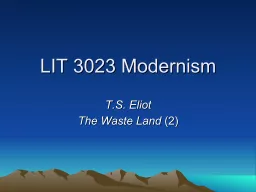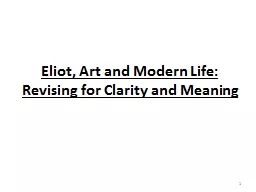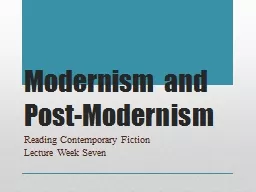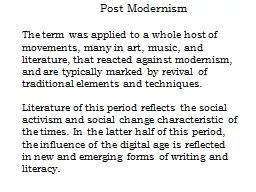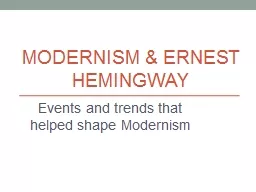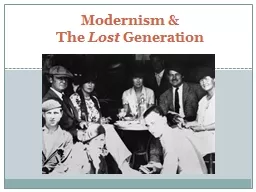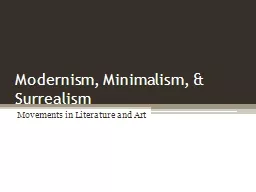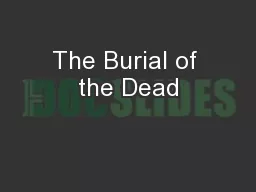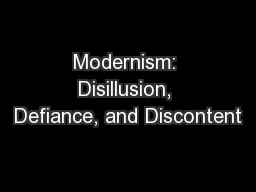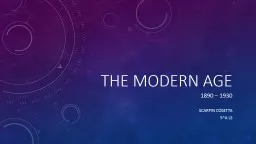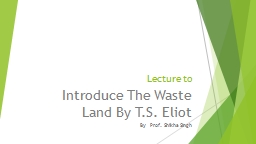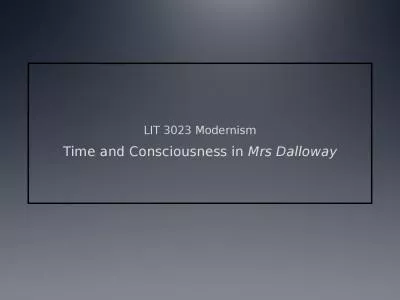PPT-LIT 3023 Modernism T.S. Eliot
Author : missroach | Published Date : 2020-06-24
The Waste Land 2 Overview Recap on last lecture A poem of allusion Structure Close reading The Waste Land Sources myth and romance see Jessie Weston James Frazer
Presentation Embed Code
Download Presentation
Download Presentation The PPT/PDF document "LIT 3023 Modernism T.S. Eliot" is the property of its rightful owner. Permission is granted to download and print the materials on this website for personal, non-commercial use only, and to display it on your personal computer provided you do not modify the materials and that you retain all copyright notices contained in the materials. By downloading content from our website, you accept the terms of this agreement.
LIT 3023 Modernism T.S. Eliot: Transcript
Download Rules Of Document
"LIT 3023 Modernism T.S. Eliot"The content belongs to its owner. You may download and print it for personal use, without modification, and keep all copyright notices. By downloading, you agree to these terms.
Related Documents

